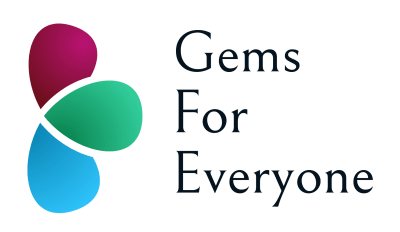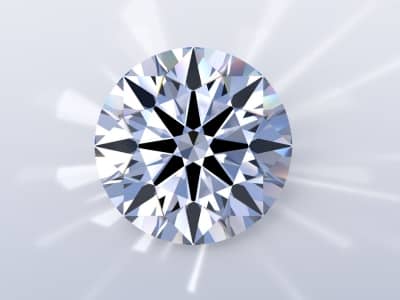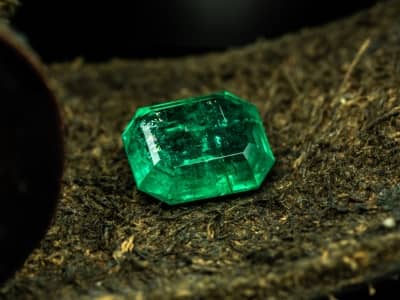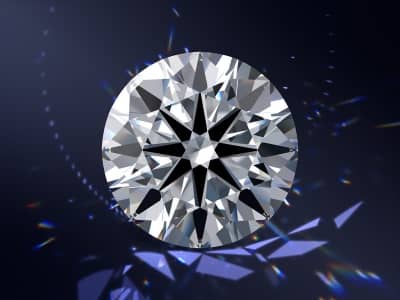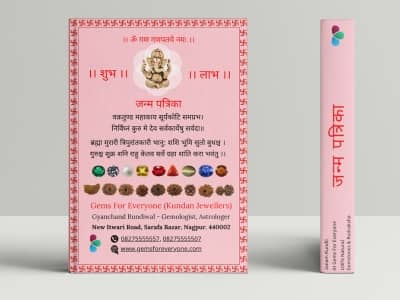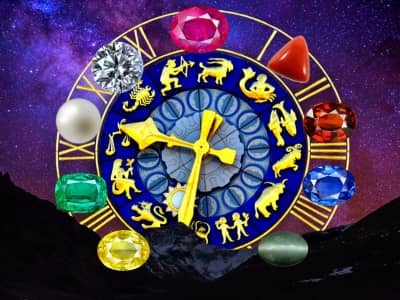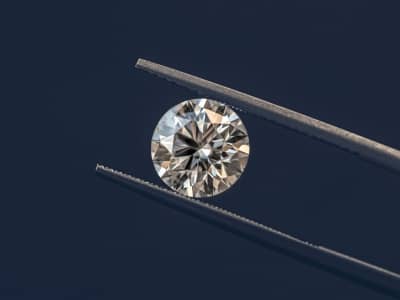Natural Diamonds
Round Shape
Princess Shape
Oval Shape
Heart Shape
Cushion Shape
Emerald Shape
Diamond Cost
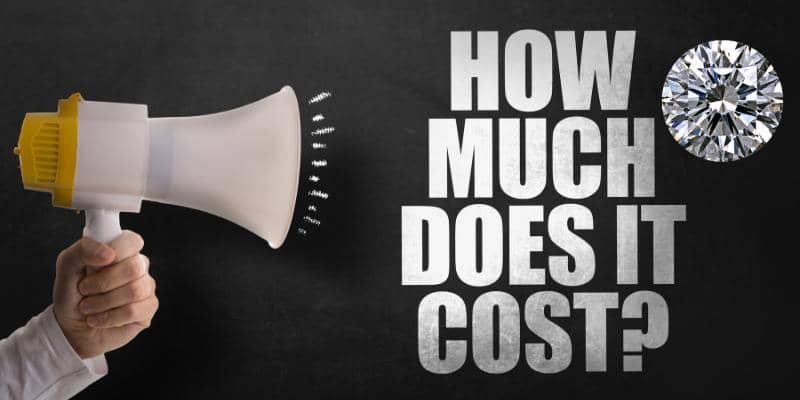
When it comes to purchasing a diamond, cost is often the first thing that comes to mind. However, there are various ways to get the best value for your budget by considering different specifications and factors that influence price. It’s important to understand these factors in order to make an informed decision about which criteria offer the right balance for your budget and personal preferences. While the options may seem overwhelming at first, keep in mind that you’re investing in something with long-lasting value that can be passed down for generations. It’s not necessary to choose the highest quality diamond to find something that is equally beautiful.
Carat Weight & Price
Carat weight is an important factor in determining the price of a diamond. As a general rule, the heavier the diamond (i.e., the larger the carat weight), the more expensive it is. A good way to compare the cost of similar diamonds is to calculate the price per carat by dividing the cost of each stone by its carat weight. Larger diamonds are more scarce and therefore more in demand than smaller stones, which means they tend to be much more expensive per carat. For example, a one carat diamond solitaire ring is likely to be more expensive than a diamond ring made up of smaller diamonds whose total weight is one carat. In fact, a diamond that is double the size of another can be up to four times the price.
Undersize & Oversize DIamonds
Diamonds are typically cut to round numbers in their carat weight, such as 0.70ct or 1.00 carat, rather than 0.69 or 0.99. This means that diamonds that weigh just under a certain weight “barrier” (e.g. 0.68ct or 0.69ct) are less common but can be a good value because they cost less than diamonds whose weight has been rounded up. On the other hand, diamonds whose weight slightly exceeds the barrier are referred to as “oversized” and can also offer good value for money since they have not been rounded up.
Diamond Education
Buying Loose Diamonds
How to Buy a Diamond
